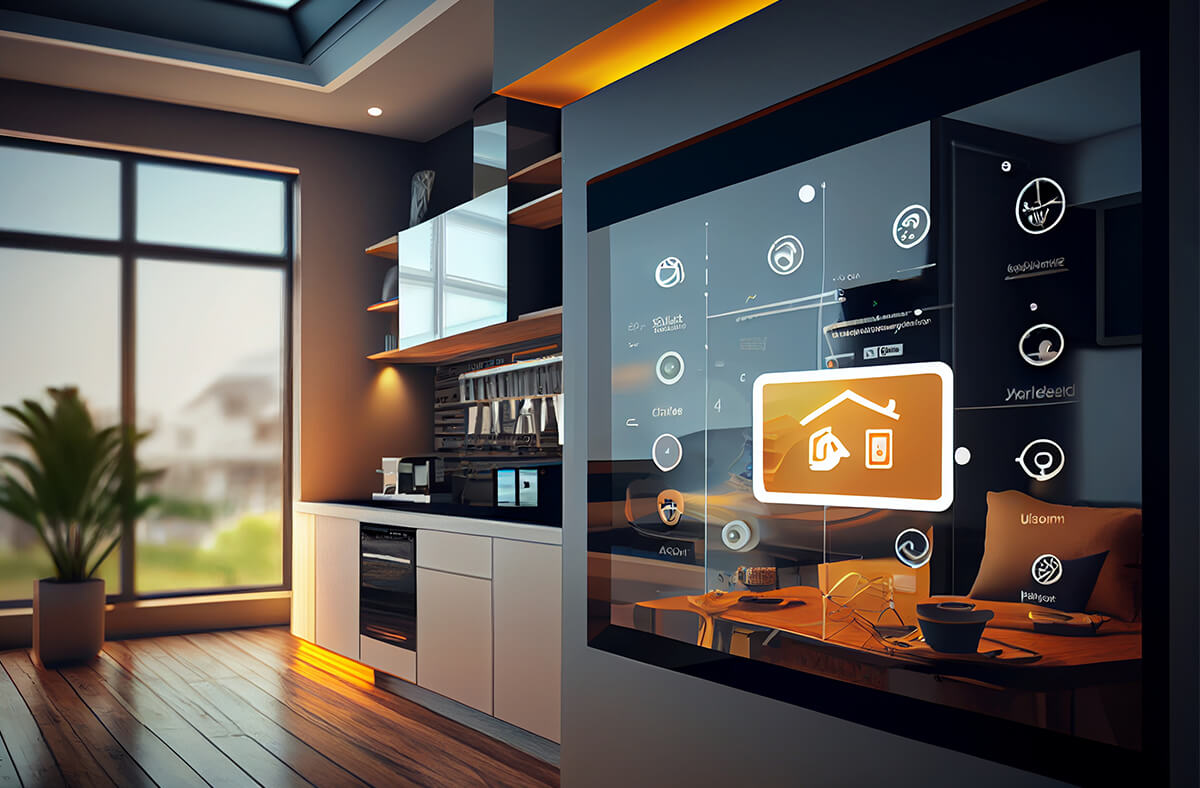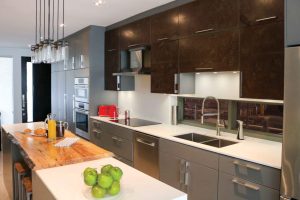- Smart home upgrades are becoming part of everyday Australian living, driven by convenience and ease.
- Energy efficiency and lower power bills are strong motivators for households adopting new technology.
- Comfort and accessibility show how practical benefits overlap with lifestyle appeal.
- Future trends point to more affordable devices, better system integration, and growing cultural acceptance.
When you think about how much of your day already depends on technology, it’s no surprise that homes are changing too. Everyday routines, from brewing coffee in the morning to switching off the lights at night, can now be managed with just a tap or a voice command. This shift isn’t only about showing off the latest gadgets. It’s about creating a space that works with you, adapts to your habits, and adds a sense of ease to your lifestyle. In Australia, the appetite for these kinds of upgrades is growing quickly as more households look for simple ways to make life smoother and more connected.
How Convenience Shapes the Shift Toward Smarter Homes
The first thing most people notice about smart technology is how effortless it feels. Devices designed to anticipate your needs or carry out tasks with minimal input are especially appealing in a world where time often feels short. Automated lighting systems that dim when you settle in for the evening, or voice assistants that handle reminders while you cook, set the tone for how these technologies become second nature.
For many Australians, the appeal lies in removing small daily interruptions. Instead of walking around the house switching lights on or off, you can manage them all at once. Instead of remembering to lower the blinds in the afternoon, an app or sensor can automatically lower them for you. These small touches build into a broader sense of comfort, where your home seems to quietly work in the background, keeping pace with your routine.
Convenience also plays a role in how people adopt smart upgrades gradually. Rather than renovating a whole property, you can start with a single connected device, test its value, and then build from there. This makes the move into smart living feel less overwhelming while still delivering noticeable benefits straight away.
Energy Efficiency as a Driving Force
Convenience may spark initial curiosity, but energy savings keep people invested. Power costs are a constant concern for Australian households, and technology that helps manage them feels like a practical solution rather than just a modern luxury. Systems that control heating and cooling are leading examples, since they can adapt to the weather or respond to occupancy, avoiding wasted energy.
Window coverings also play a surprisingly big role in this story. Smart solutions can adjust throughout the day, blocking heat before a room becomes too warm or letting in natural light to reduce the need for artificial lighting. These small adjustments add up, trimming electricity use while making interiors more comfortable.
Sustainability is another layer to this shift. Many homeowners feel a sense of responsibility to reduce their footprint, and smart enhancements make it easier to act on that intention. From appliances that run at off-peak times to monitoring systems that track consumption, the ability to see and control usage directly encourages better habits. As more Australians look for long-term savings without giving up comfort, energy efficiency is becoming one of the most persuasive reasons to upgrade.
The Role of Comfort and Accessibility
Smart home enhancements are often framed as luxuries, but for many households, they serve a very practical role. Comfort goes beyond mood lighting or climate control; it extends to how easily you can interact with your living space. For older Australians or anyone living with mobility challenges, the ability to control devices without needing to move around constantly is a real advantage.
Simple upgrades make daily life smoother. Voice-activated systems allow you to manage lighting or security without leaving your chair. Automated doors or window coverings reduce the effort needed to keep a home functional and pleasant throughout the day. Something as straightforward as installing a
roller blind motor kit can modernise a traditional feature, turning what was once a manual task into one that fits seamlessly with the rest of a connected home.
This type of integration shows how accessibility and modern comfort overlap. The same device that helps someone with limited mobility also appeals to busy families who want a home that keeps pace with their schedule. By reducing effort while adding a layer of sophistication, smart enhancements manage to bridge practical needs with lifestyle appeal.
Lifestyle Appeal and Modern Aesthetics
As more households adopt smart features, design has become just as important as function. Australians are paying close attention to how these upgrades look within their homes, not just how they work. Sleek panels that blend into walls, compact sensors tucked into corners, and devices designed with minimalism in mind all contribute to a modern aesthetic that fits contemporary interiors.
The demand isn’t purely cosmetic. A device that looks clunky or intrusive is less likely to be embraced, no matter how useful it might be. That’s why manufacturers are focusing on creating systems that integrate smoothly, almost disappearing into the background while still providing noticeable benefits. From lighting that shifts colour to match natural daylight to blinds that adjust without drawing attention, these details enhance the way a space feels.
Lifestyle appeal also plays a role in social influence. As more Australians see friends or family using smart enhancements, they begin to view these features as part of what a modern home should include. The combination of practicality and visual appeal makes it easier for people to justify an upgrade, knowing it will improve their space in more ways than one.
The Future of Smart Enhancements in Everyday Homes
Looking ahead, the growth of smart home technology in Australia shows no signs of slowing down. As devices become more affordable and easier to install, what once seemed like a premium upgrade is steadily moving into the mainstream. Entry-level products that connect directly to smartphones allow homeowners to test out automation without needing a complex setup, making adoption more accessible than ever.
Another major factor shaping the future is interoperability. For years, one of the frustrations with smart technology was that different brands and devices didn’t always work well together. That’s beginning to change as manufacturers focus on creating systems that communicate smoothly, giving households more freedom to mix and match solutions without being locked into a single ecosystem.
There’s also a growing cultural shift toward connected living. Younger generations, who have grown up with smartphones and streaming, often view home automation as a natural extension of the technology they already use every day. For them, the idea of walking into a house that adjusts lighting, climate, and security automatically feels less like a luxury and more like a baseline expectation.
Conclusion
Smart home enhancements have moved far beyond novelty status. They now represent a practical way for Australians to bring more comfort, efficiency, and style into everyday life. What started with a handful of gadgets has become a broader shift toward homes that respond intelligently to their inhabitants. As technology continues to evolve and blend seamlessly into daily routines, the demand for these upgrades will only deepen.










